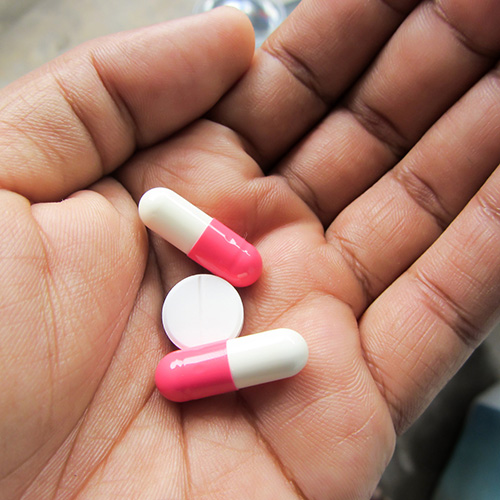Canadian scientists say they have discovered the first new antibiotic in three decades, and that their research suggests it may potentially be effective at killing two worrisome superbugs: Pseudomonas aeruginosa and Neisseria gonorrhoea.
The drug, PEG-2S, works by inhibiting a sodium pump called NQR that at least 20 different types of bacteria need for respiration, according to researchers from the St. Boniface Hospital and the University of Manitoba in Winnipeg.
According to Dr. Grant Pierce, executive director of research at St. Boniface Hospital and a professor at the University of Manitoba, PEG-2S also may kill the bacteria that cause Legionnaires’ disease, cholera, typhoid fever and bubonic plague.
Dr. Pierce said the drug attacks a completely different target than the antibiotics currently on the market. “Most of the antibiotics out there today are hitting one of three targets on the bacteria: the cell wall, or protein synthesis or DNA replication,” he added.
The next steps in the antibiotic’s development include animal testing, followed by clinical trials in humans.
Pave Debra, a professor at the University of Manitoba and lead author of a new research paper, said researchers are currently developing variations of the drug that could kill multiple different types of bacteria.
The paper, entitled “Development of a novel rationally designed antibiotic to inhibit a non-traditional bacterial target,” was published yesterday in the Canadian Journal of Physiology and Pharmacology.







